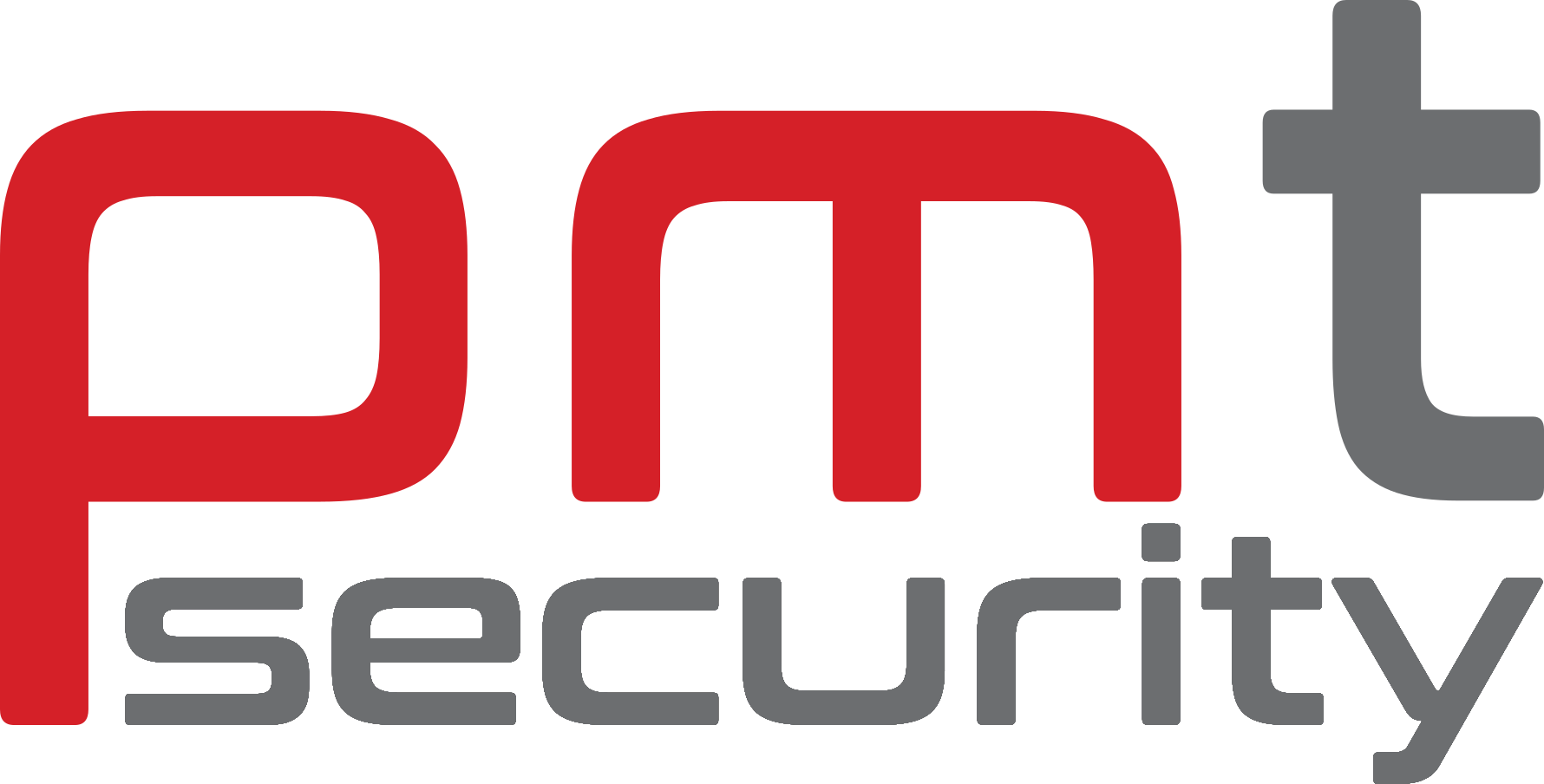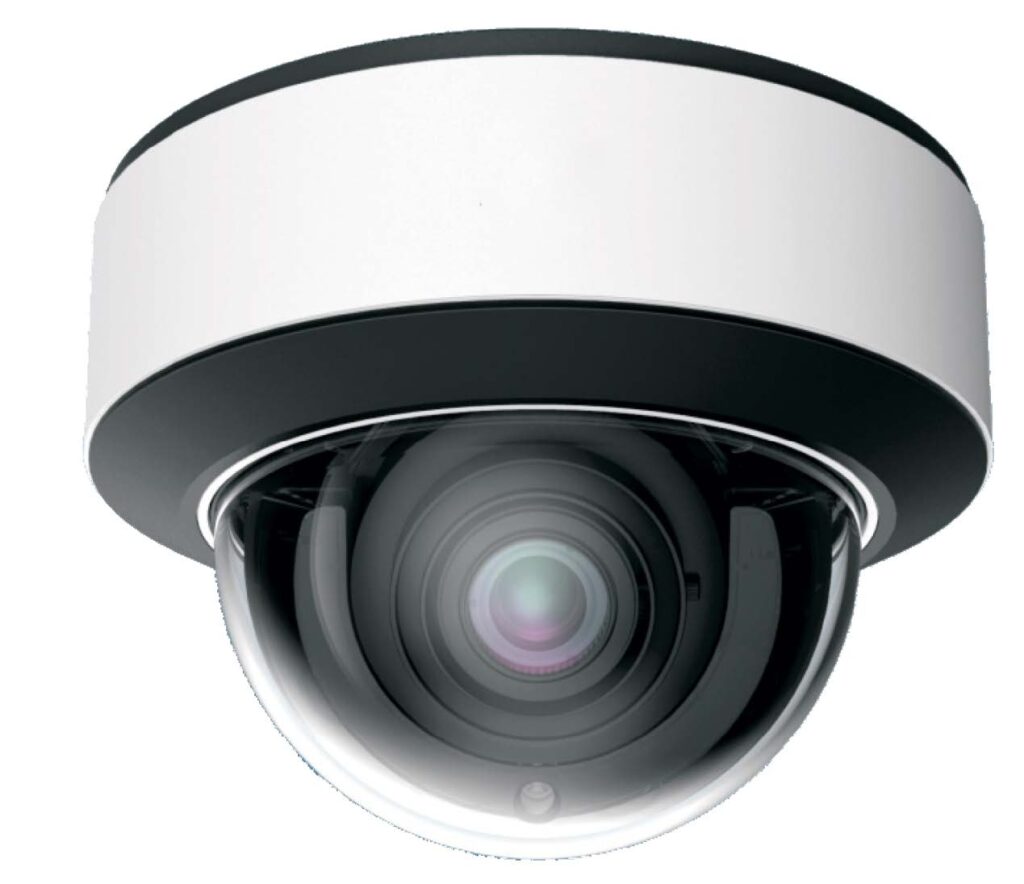Unveiling the Future of Security Cameras: Transforming Surveillance Technology
In an increasingly interconnected world, security cameras have become an indispensable tool for safeguarding people, property, and public spaces. Over the years, advancements in technology have propelled security cameras to new heights, revolutionizing the way we approach surveillance.
As we peer into the future, it’s evident that security cameras are poised for even more dramatic transformations. Let’s review some of the exciting developments and potential benefits of the future of security cameras.
1. Artificial Intelligence (AI) and Video Analytics:
The integration of AI and video analytics is revolutionizing security camera capabilities. With AI-powered algorithms, cameras can autonomously detect and analyze objects, faces, and behaviors in real-time. This enables proactive threat detection, automatic alerts for suspicious activities, and the ability to differentiate between humans, animals, and objects. AI-backed video analytics can also provide valuable insights into crowd management, traffic patterns, and occupancy levels, making security cameras an invaluable asset for urban planning and public safety.
2. Enhanced Resolution and Image Quality:
As camera sensor technology evolves, we can expect to witness a significant leap in resolution and image quality. High-definition (HD) and 4K cameras are becoming commonplace, allowing for finer details and improved clarity in recorded footage. Moreover, advancements in low-light imaging techniques, such as infrared and thermal imaging, will ensure reliable surveillance even in challenging lighting conditions.
3. Advanced Connectivity and Network Integration:
The future of security cameras lies in their seamless integration within smart city ecosystems. By leveraging the power of the Internet of Things (IoT), security cameras can communicate and exchange information with other devices and systems, such as access control systems, alarm systems, and facial recognition databases. This interconnectedness enhances situational awareness, enables real-time response, and facilitates data-driven decision-making for law enforcement and security personnel.
4. Privacy-Enhancing Features:
As concerns regarding privacy continue to grow, the future of security cameras will prioritize privacy-enhancing features. Technologies like anonymization, encryption, and selective masking will ensure that individuals’ privacy rights are respected while maintaining security standards. Striking a balance between public safety and personal privacy will be a key focus for the next generation of security cameras.
5. Mobile and Cloud-Based Management:
With the proliferation of smartphones and cloud computing, security camera management is becoming more accessible and flexible. Mobile applications allow users to remotely monitor and control camera feeds, receive instant notifications, and review recorded footage on-the-go. Cloud-based storage and analytics further enable scalable and cost-effective solutions, eliminating the need for on-site servers and reducing maintenance requirements.
6. Environmental Sustainability:
The future of security cameras is not limited to technological advancements but also embraces environmental sustainability. Energy-efficient designs, utilizing solar power and low-power consumption components, are emerging as viable options. Additionally, the use of recycled materials and eco-friendly manufacturing processes will contribute to reducing the carbon footprint of security camera systems.
The future of security cameras is brimming with possibilities, driven by the convergence of cutting-edge technologies. AI and video analytics, enhanced resolution, advanced connectivity, privacy-enhancing features, mobile and cloud-based management, and environmental sustainability are key areas shaping the evolution of surveillance systems. As these innovations continue to unfold, security cameras will undoubtedly play a pivotal role in ensuring public safety, improving incident response, and creating secure environments for all.
Contact Us
PM Tronics Inc. is here to help, contact us directly by phone,






